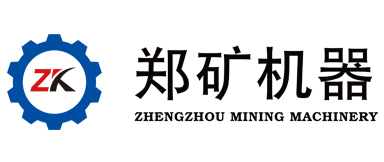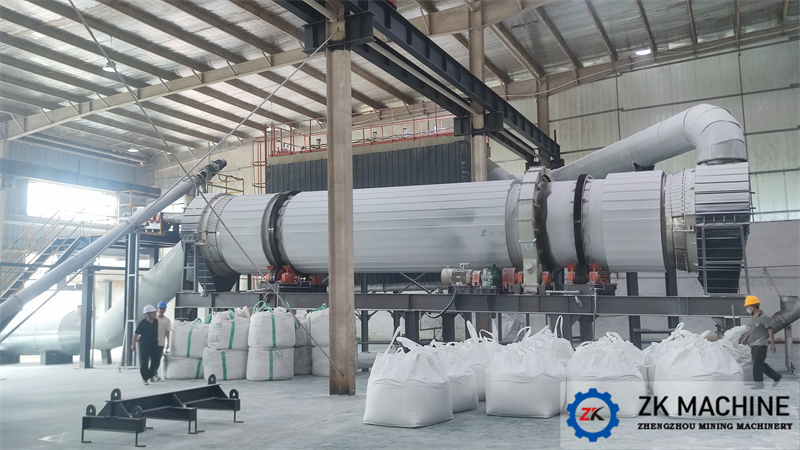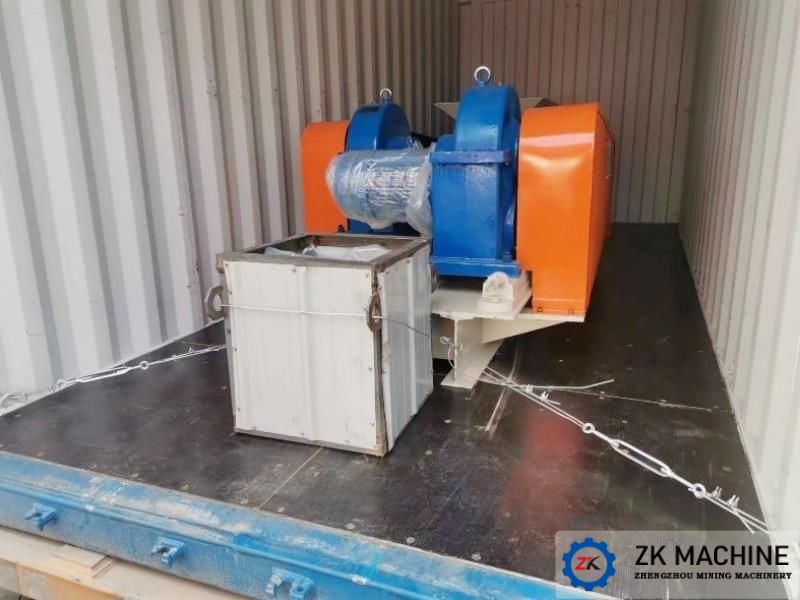Hazardous Waste Rotary Kiln Incinerator Structure, Technology and Application
I. Introduction
Hazardous waste treatment is an important environmental protection measure in industrial construction. It can not only provide a good production environment for social construction, but also promote the entire process of ecological industrial construction. The improvement of technical capabilities has enabled better development of hazardous waste treatment, and the use of advanced facilities can meet the basic treatment requirements of hazardous waste. However, there are still some hidden dangers during hazardous waste treatment, which not only affects the efficiency of the entire treatment, but also contains many unsafe factors. The emergence of rotary kiln incinerators has changed the current situation of hazardous waste treatment. It not only improves the overall efficiency of hazardous waste treatment, but also better controls the difficulty of treatment and better ensures the personal safety of workers.
2. Definition and classification of rotary kiln incinerator. Rotary kiln incinerator is a form of incineration with a lining furnace added to the inside of the furnace body. The furnace body is mainly made of steel. The entire furnace body is cylindrical. The internal lining furnace has a relatively low fire resistance. protrude. It mainly works in three ways: one is the form of non-melting furnace and melting furnace. The temperature of the non-melting furnace can reach around 1106℃ during the burning process, while the temperature of the latter can reach around 1260℃ during the burning process. At the same time, it can Polymer compounds and organic matter are incinerated and disposed together. The second is to divide the gas and solid states into two types according to the direction of movement in the furnace, that is, the downstream furnace and the counterflow furnace. During the operation of the downstream furnace, the direction of gas movement is the same as that of the waste, while the counterflow furnace is exactly the same as the downstream furnace. The movement directions of the waste are in opposite directions, and the water can be evaporated in a short period of time through the temperature difference change of the waste. The third is to divide the incinerators according to the refractory properties of the materials, and divide them into incinerators with refractory materials and non-refractory materials.
3. Rotary kiln incinerator system composition and key points to note during application
The rotary kiln incinerator mainly utilizes its rotary function to operate on waste materials under the force of high-speed agitation. It can perform corresponding combustion operations according to the processing conditions of the waste. It uses the excellent heat insulation capabilities of the lining furnace to be able to remain in stagnation for a long time. status until the desired desired processing effect is achieved.
1. Rotary kiln incinerator system composition
The rotary kiln incineration system mainly consists of a rotary kiln, combustion-supporting and flue gas purification systems, secondary combustion chambers, air supply, waste heat boilers, and slag removal facilities. The rotary kiln is rolled from steel plates with excellent fire resistance. The kiln body is cylindrical, and the entire barrel is tilted at a certain angle, forming the entire support system with the horizontal line. Utilizing its rotary function, different types of waste can be mixed evenly and gradually separated until they are finally burned out. The optimal working temperature of the rotary kiln is between 845-905 degrees. The burner can be used to control the temperature. The fuel is divided into gaseous and liquid states according to its state.
2. Points to note during the application of rotary kiln incinerator
During the actual design of the rotary kiln, it is necessary to ensure the coordination of many aspects such as its size, tilt angle, and rotation speed. At the same time, the setting of the dead time must also be ensured to be within a reasonable range. The tilt angle is 1.5° up and down, and the dwell time is controlled between 0.5h-2h. The function of the secondary combustion chamber is to achieve high-efficiency combustion operations and to achieve the function of smoke and dust separation. The secondary combustion chamber further processes the incinerated flue gas. During this combustion process, a large amount of CO2/CO/dust gas will be generated. The infrared sensor measures the temperature by measuring the infrared wavelength of the hot CO2/CO/dust gas. Due to the use of a specially designed infrared The thin-film thermopile of the color filter, the sensor is pre-tuned, and its infrared spectral response is preset to detect the specific CO2/CO/dust spectrum. Therefore, when designing the secondary combustion chamber, the operating temperature must be controlled at around 1100°C, and the residence time of the flue gas must be greater than 2 seconds. Only by achieving this working efficiency can the harmful components in hazardous waste be ensured. Better processing results. In addition, a chimney must be added at an appropriate location. This chimney is mainly installed to ensure that in the event of equipment failure, it is still possible to carry out operations through emergency treatment facilities.
4. Application Analysis of Rotary Kiln Incinerator in Hazardous Waste Treatment Process
During the treatment of hazardous waste, industrial enterprises mainly use the above-mentioned operating processes to decompose the waste. In addition, waste heat boilers and flue gas purification facilities can also be used for effective analysis. By controlling the parameters of various wastes, the incineration process can be further controlled in the form of case analysis. The waste heat boiler treatment system consists of boilers, deaeration facilities, softened water equipment and water supply equipment. This system is mainly located in the middle link between the quench tower and the secondary combustion chamber. Its working efficiency is to absorb a large amount of flue gas. During the recovery operation, due to the high temperature of the flue gas, the boiler will produce a large amount of steam by using the temperature conversion function. The reuse of steam will not only reduce the production cost during the operation of the equipment, but also make the exhaust gas The efficiency of processing is better improved. At the same time, increasing the intensity of heat treatment control during the flue gas treatment process can effectively "whiten" the flue gas and extend the life cycle of the equipment. The produced steam can be reused and applied to the production process of the equipment. Boilers with membrane water-cooled wall structures have good application effects for smoke and dust treatment. Using a radiation heat exchange chamber to control its fluidity can not only effectively reduce particulate matter in smoke, but also reduce its concentration. It plays an important guiding role in enhancing the wear resistance of pipelines and better demonstrating the effect of dust removal. In addition, the furnace temperature control system will also be directly related to the efficiency of waste treatment. The decomposition furnace temperature control loop adopts a fuzzy controller with dual I/O processing, and uses the two temperature difference changes and pressure changes of the input quantities to control the delivery volume of the feed feeding device and the output volume of the auxiliary burner.
The flue gas purification system consists of activated carbon adsorption, wet scrubber, bag dust collector, flue gas heater, dry deacidification, and quenching tower.
1. Activated carbon adsorption
Activated carbon adsorption mainly uses a jet reactor to treat flue gas. The reactor is mainly installed in the flue gas discharge pipe. The surface of the equipment occupies a large area in the flue gas. Even when the flue gas content is small, it only needs to ensure sufficient contact time for its efficient adsorption treatment. The effect will be better reflected. In order to better ensure the effect of activated carbon treatment, it is necessary to ensure its contact area. By using it in conjunction with bag dust removal equipment, the flue gas can better contact with the activated carbon, and the dioxins in the flue gas can be eliminated. carry out adsorption.
2. Wet scrubber
The wet scrubber can effectively remove acidic gases, thereby achieving true deacidification. In the process of wet scrubber operation, the selection of filler is extremely important. Materials with larger porosity, smaller air resistance, smaller pressure loss, and stronger overall adsorption function should be selected as the filler of the wet scrubber, so that the function of the scrubber can be improved. be better displayed.
3. Bag dust collector
The bag dust collector is composed of a ash hopper, a blower, an air inlet equalizer pipe, a box and other facilities. During the operation, the air inlet equalizer pipe is used as the transmission medium. After the flue gas enters, it passes through the ash hopper and the diversion equipment to separate the particles. The smaller particles will be sucked on the box, and then Exclude the device through the exhaust duct.
4. Flue gas heater
The flue gas heater uses steam to heat the flue gas, thereby preventing the draft equipment and chimney from being corroded. At the same time, the principle of flue gas heating can also effectively control the probability of white smoke generation. The flue gas processed by the equipment can directly meet the emission standards.
5. Dry deacidification
Dry deacidification is mainly done by adding lime powder, using the deacidification reaction to blow out the lime powder, and then discharge the lime powder after the acidic gas is fully mixed. After the deacidification is successful, fly ash and lime are introduced into the bag for dust removal. Under the action of chemicals, the lime powder can be used again.
6.Quick cooling tower
The quenching tower has a good effect on the treatment of dioxin, a toxic substance. The generation of dioxin requires a lower temperature. The quenching tower has good cooling performance and also has the ability to control dust. It can be applied in combination with the control loop. Reasonable use of water volume can be achieved.
5. Conclusion
In summary, through the application analysis of rotary kiln incineration process control in hazardous waste treatment, we can understand the definition and classification of rotary kiln incinerators, the composition of rotary kiln incinerator systems and the key points that need to be paid attention to during application: Rotary kiln incinerator system composition , points that need to be paid attention to during the application of rotary kiln incinerator, analysis of the application of rotary kiln incinerator in hazardous waste treatment process, waste heat boiler treatment process, activated carbon adsorption, wet scrubber, bag dust collector, flue gas heater, dry deacidification, Quench tower; I believe that with the reasonable application of professional and technical personnel, the rotary kiln incineration process will be more widely used in industrial construction and better serve my country's social construction undertakings.




